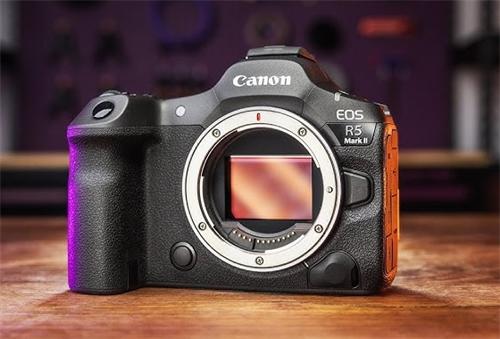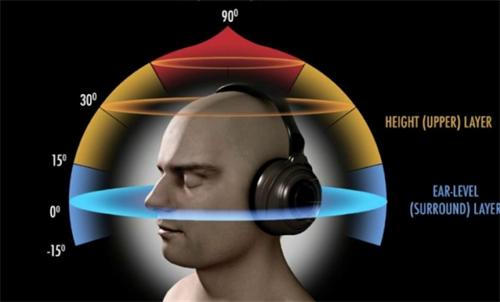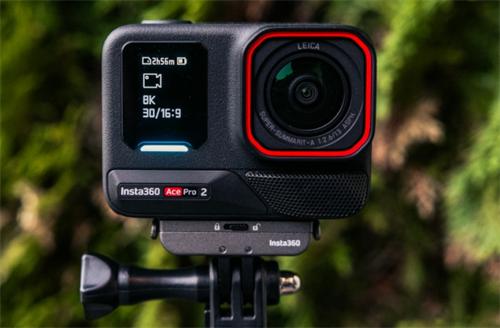A Game-Changing Medium Format Birding Setup: In-Depth Experience with the Fujifilm GFX100 II + GF500mmF5.6

As a seasoned bird photographer, I’ve witnessed the evolution of gear from early bridge cameras with large zoom ranges to today’s full-frame mirrorless systems paired with telephoto lenses. But when I first encountered the medium format Fujifilm GFX100 II coupled with the GF500mmF5.6 lens, my perception of what medium format could do was completely upended—turns out, medium format not only can be used for bird photography, it can excel at it.
Lightweight Revolution: Breaking the Mobility Barrier of Medium Format
Medium format systems have long been associated with being bulky and slow. Yet this GFX100 II + GF500mmF5.6 combo weighs under 2.5kg—lighter than many flagship full-frame setups with 400mm f/2.8 lenses. During a field shoot at Poyang Lake in Jiangxi, I was able to easily track flying cranes handheld—something I would’ve never imagined doing with medium format gear.
The five-axis stabilization is equally impressive. Even when photographing a nocturnal scops owl at 1/250s shutter speed, the system’s six-stop stabilization ensured sharp images. The coordinated stabilization between the lens and camera body significantly increased handheld success rates—crucial in outdoor wildlife settings.
Astonishing Resolution from Over 100 Megapixels
The GFX100 II’s 102MP backside-illuminated sensor delivers jaw-dropping detail. While photographing crested ibises in Dongzhai, Henan, even distant subjects retained fine feather textures after cropping. For wildlife photographers, this cropping flexibility is priceless—its 396mm equivalent focal length (in 35mm terms) can easily simulate a 600mm reach with minimal image quality loss.
What’s more, the new X-Processor 5 enables the GFX100 II to shoot at 8 frames per second. Capturing flocks of white cranes mid-flight with this high-speed burst—and at 102MP resolution—is a technical marvel.
Intelligent Autofocus: Shattering Medium Format Limitations
Fujifilm’s AI-based subject detection autofocus performs exceptionally well on this camera. Whether it’s a crested goshawk half-hidden in dense foliage or a fast-flying crane, the system locks on eyes with impressive precision. I was particularly impressed by its stability in complex backgrounds—even when the subject was briefly obscured, tracking resumed instantly once it reappeared.
In real-world use, I set the AF mode to single-point AF-C with bird detection on—and the hit rate exceeded expectations. Even at night while shooting owls, the system’s ability to autofocus in -5EV conditions was remarkable—something previously unimaginable for medium format.
All-Weather Adaptability Put to the Test
This system held up to a variety of harsh environments: drizzles at Poyang Lake, heavy snow in Henan, dense morning fog, and midday glare. Its all-weather sealing didn’t disappoint—both body and lens stayed reliable. Even in sub-zero temperatures, battery life and mechanical performance remained stable.
High ISO performance is also excellent. When photographing a white-throated kingfisher at ISO 6400, feather details remained clean and sharp—contradicting the old notion that medium format sensors struggle at high ISOs. The latest sensor and processor clearly deliver a generational leap in performance.
A Philosophical Reflection on Nature Photography
Using this system led me to reflect more deeply on the philosophy behind wildlife photography. The GFX100 II’s ultra-high resolution allows us to keep a respectful distance from animals while still capturing their natural behavior in vivid detail. I remember witnessing a touching scene during breeding season: a male bird feeding the female after a successful hunt. Moments like these deserve to be documented with minimal intrusion.
Technology can help us record "perfect" images, but sometimes the small imperfections of nature are what make a moment truly moving. The dimensional rendering and color gradation unique to medium format are particularly effective at conveying these emotional nuances. It’s a reminder that, first and foremost, a photographer should be a quiet observer and a guardian of nature.
Video: A Surprising Strength
Though primarily designed for stills, the GFX100 II’s video capabilities were a pleasant surprise. While filming ibises foraging, the 8K footage held up beautifully even after cropping to create 4K close-ups. The F-Log2 profile, offering 14 stops of dynamic range, provided tremendous flexibility in post-production—especially valuable in backlit scenes.
It’s worth noting that the 6-stop image stabilization also performs well during video. While tracking a flying crane handheld, footage remained smooth and steady—hard to believe it was shot on a medium format system.
Redefining the Boundaries of Medium Format
After extensive fieldwork across various locations, the GFX100 II + GF500mmF5.6 combo has fundamentally changed how I view medium format systems. It proves that medium format isn’t just viable for bird photography—it offers an image quality experience that full-frame systems struggle to match. The blend of portability and power opens new creative possibilities for wildlife photographers.
For those who demand uncompromising image quality but also need a degree of mobility, this system is well worth serious consideration. It’s not only rewriting the rules for medium format cameras—it’s redefining the professional standard for nature photography gear. In striking a thoughtful balance between cutting-edge technology and artistic expression, Fujifilm has delivered something truly exceptional.
Recommended for you:








